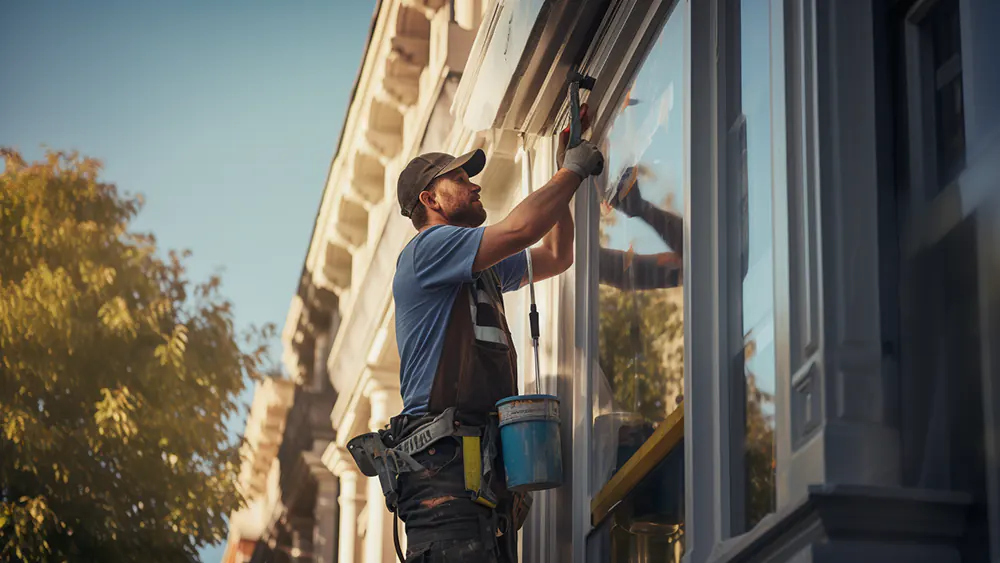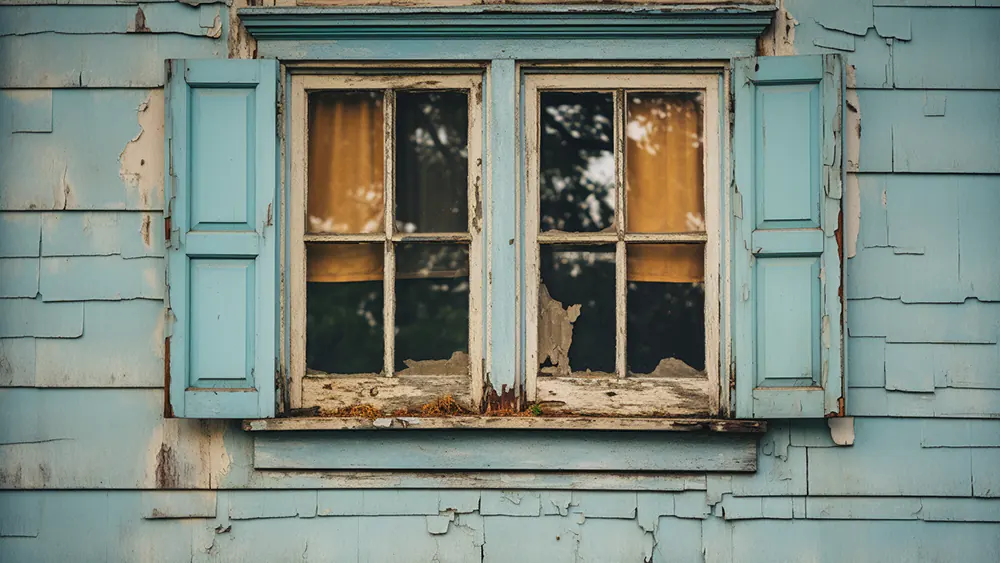Mon to Fri: 09:00 am to 07:00 pm

Mon to Fri: 09:00 am to 07:00 pm

It’s a tough decision to make when you're trying to decide whether to replace windows or siding first. Several factors need to be taken into consideration before making any definite decisions, such as the condition of both, the climate in which you live, and your budget.
In this article, we will discuss some of these factors so that you can make an informed decision on what is best for your home.
Yes, you can put new windows in after siding. Many homeowners choose to put in replacement windows as part of an exterior remodel or upgrade project since the installation process is usually easier and more cost-effective than replacing existing siding. Window capping, a protective covering, is usually added to new windows after the installation, but existing window capping can be removed and replaced with new capping around the surrounding siding at any time if new windows need to be installed.
However, it is important to ensure that your contractor takes the right steps when installing windows so that they are securely attached and sealed properly. This will help prevent any air infiltration, which can break the moisture barrier and lead to water damage over time.

The most important factor in deciding the right time for siding and window installation is the condition of each one. If one of them has sustained severe damage from weather events, pests, or other issues, then you should consider replacing it first.
In addition, the climate in which you live can also play a role in this decision. If you’re located in an area with extreme weather conditions, such as high winds and heavy snowfall, then siding may need to be replaced sooner than window replacement is needed.
Lastly, your budget. Weather you decide to purchase siding or purchase windows is another factor that needs to be taken into consideration. Windows tend to be more expensive than siding replacements, so if you're on a tight budget, you may want to prioritize siding over windows.
The first factor to consider is the condition of your existing windows and siding. If either one is in need of significant repair or replacement, then you should make that a priority. For example, if you have large cracks or holes in your old siding, it will be more cost-effective to replace it rather than try to patch up the damage. Similarly, if your windows have damaged window frames or are outdated, they may need to be replaced for energy efficiency reasons.
Another important factor to consider is the climate in which you live. Depending on where you live and how extreme the weather gets each season, different materials may be better suited for your home’s needs. For example, if you live in an area with high humidity and extreme temperatures, vinyl siding may be a better choice than wood siding. Similarly, certain types of window frames will be more energy efficient for different climates as well.
The budget should also be taken into consideration when trying to decide between replacing your windows or siding first. If you are limited on funds, it’s important to determine which option is the most cost-effective.
Depending on the materials you choose and how much help you need from professionals, it can quickly add up. Make sure that you research all available options so that you can make the best decision for your home and budget.

The best time to replace siding on a house is when it has become severely damaged or is showing signs of wear and tear. This could be due to weather events, pests, or just normal wear and tear over time.
Your contractor will be able to determine the condition of both the windows and your existing siding and help you decide if replacing it with new siding is necessary. Always consult experienced contractors before beginning siding installation.

Yes, it is worth replacing old windows. Older windows can lead to higher energy bills and uncomfortable living conditions due to a broken moisture barrier or air infiltration. Replacement windows with more efficient options will help improve your home’s energy efficiency and comfort levels. Many homeowners save in the long run when they install energy-efficient windows.
In addition, modern windows come in a variety of styles and materials that can really improve the curb appeal of your home while also increasing its value. Infact new windows will pay for themselves in as short as a couple years.
Making decisions about both siding and window replacement can be challenging. However, with careful consideration of the condition of both, the climate in which you live, and your budget, it is possible to make an informed decision that will best suit your home’s needs. It is up to your financial sense to decide the better investment in your home's exterior.
Keep these factors in mind when deciding whether to replace your windows or install new siding first so that you can be sure to get the most out of your investment.
By following these steps, you can make an informed decision on whether to replace your windows or siding first. With careful consideration and planning, you will be able to find the best option for your home’s needs and budget. Best of luck!
When doing both it is generally better to install windows before siding. Doing so will ensure that any siding installed afterwards won't interfere with the window installation, which can lead to air infiltration and other issues. Additionally, when installing windows first, it can prevent potential damage towards the new siding during installation.
Yes, in most cases you will need to remove the siding around your windows in order to replace them. This is because the new window must fit perfectly in order to ensure a proper seal and prevent drafts or water from entering your home. Removing some of the existing siding will allow access to properly measure and install the window correctly. There are cases where you do not have to remove siding to replace or repair your windows
Get a free siding or windows estimate today by simply filling out this form.
Our team members


